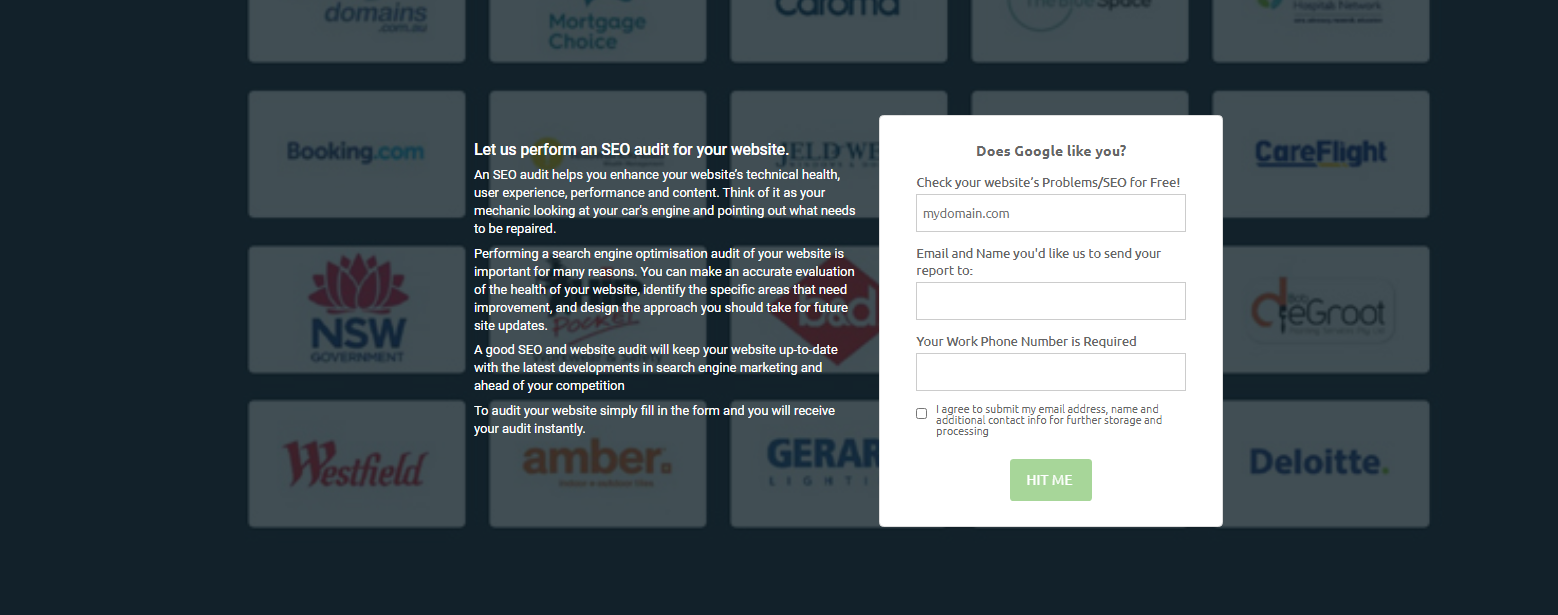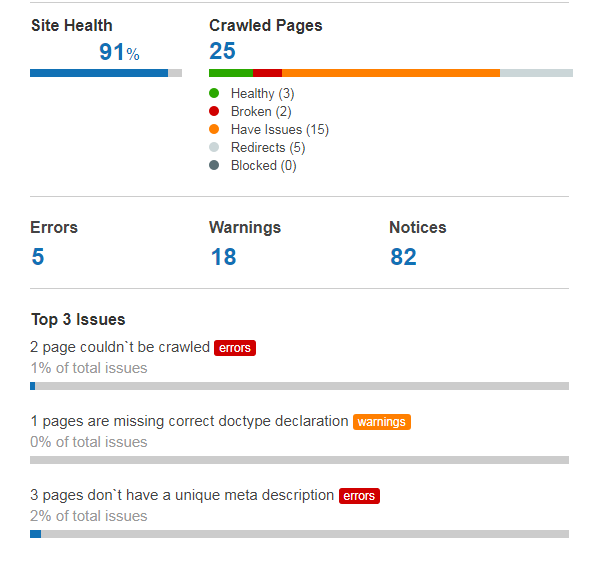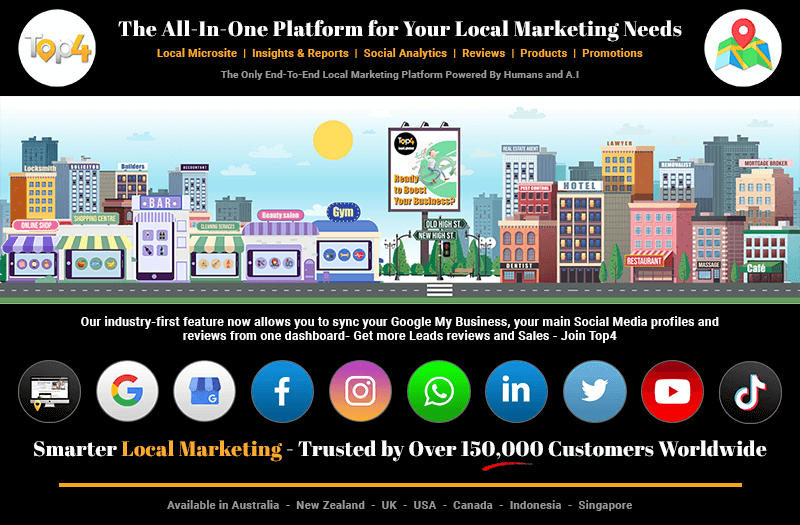
One of the most common questions that SEOs are asked is, “how long does SEO take to show results?”
It’s a hot topic in the industry.
Businesses want to know when they’re going to see the impact of their investment (and quite rightly so), but SEO isn’t like paid media where results can be seen almost as soon as ads are turned on. It takes time to see SEO success. But how long?
In this guide, we will answer this question and break down the factors that impact the length of time it takes to see results from an SEO strategy.
What Does SEO Success Look Like?
To answer the question, we first need to determine what SEO success looks like to ensure that the measures of results are clear.
And when it comes to putting together an SEO strategy, it’s common to put together campaign goals and KPIs.
Let’s break this down.
- Goals = The end outcome that you want to achieve
- KPIs = Metrics that demonstrate progress towards your goals
These are both important measures of success and, ultimately, results from your efforts. Commonly, the reality is that these goals and KPIs look something like the below:
- Goals = To achieve an increase in revenue by a set amount over a 12-month period.
- KPIs = Growth in organic traffic, visibility, impressions, or rankings.
Of course, setting goals is all about putting in place measurable yet realistic targets. To answer this question, we’re going to focus on the length of time it typically takes to see results across core KPIs, understanding that goals are typically far more unique to a business and change significantly based on several factors.
You Should Expect to See Results From SEO Within 6 to 12 Months…
SEO should show results within a 6- to 12-month period. By results, we mean a measurable increase in traffic and associated leads or conversions. This doesn’t necessarily mean you’ll have achieved your goal by this point, but any business that is investing in SEO should expect to be able to see progress within this timeframe.
It’s impossible to give a figure that applies to all websites, and the best that an SEO can do is give a best-guess estimate based on analyzing a website’s current performance and the proposed strategy.
There’s no getting away from the fact that SEO takes time. Google (and other search engines) want to show the best result for any given search query, and it takes time to deserve to rank. You’ve got to earn top search visibility.
But with the right strategy in place, 6 to 12 months is a long enough period to be able to see the impact of SEO efforts and to be able to justify ongoing investment into growth.
The Factors That Determine How Long It Takes to See Success From SEO
To help you to further understand how long it takes to see SEO success, let’s take a look at the factors that determine this.
1. Your Website’s History
Whether or not you’re working on a new domain is one of the key factors that influence the time it takes to see results from SEO.
A new domain will almost always take longer to show success than an established one, given that it hasn’t yet built up any authority or earned any backlinks. In comparison, an established domain will usually have earned at least some level of authority and have some backlinks pointing to it.
A brand new domain should expect to see results within 9 to 12 months, rather than 6 to 12.
However, an established domain doesn’t automatically mean that you’ll see quicker results. You likely won’t see quick results if the domain has previously been affected by a penalty, a core algorithm update, or has had SEO work that goes against Google’s webmaster guidelines.
When working on a new project, it’s always a good idea to build up a picture of the site’s history. You can get an idea of site performance by looking at impressions on Google Search Console and/or Google Analytics.

Estimates on how long it takes to show results are usually given based on a site with no historical issues that need resolving first. Always consider how a site has performed over the last 2 to 3 years to help put projections together.
2. The Competition
Results can be seen far quicker in low competition niches and low competition search queries than competitive ones.
Trying to rank a website for competitive keywords (e.g., ‘kitchen renovations’)? It could take 2 years or more to earn prominent page 1 visibility. On the other hand, for local or narrower lower competition keywords, it might be possible to show promising results within 3 to 6 months.

The PD and SD columns refer to keyword difficulty for each Organic (Standard Difficulty – SD) and Paid (Paid Difficulty – PD). This is a percentage from 0 to 100, and the higher the percentage, the more difficult it would be to rank for.
You should expect it to take longer to show results against high difficulty keywords. But there’s more to competition than just Keyword Difficulty.
You need to consider how your competitors got to their current position and what they’re doing to maintain this visibility. Your strategy and projections have to consider what you’re competing against, including the aggressiveness of other people’s strategies.
3. Your Resources
You can’t control a website’s history nor the competition.
But what you can (usually) control is the resources that are allocated toward an SEO project. It’s important to understand exactly how this plays a huge part in the length of time it takes to see results from a campaign. The more resources you’re able to allocate toward SEO, the faster you’ll usually see results.
The most important resource you need is time. Let’s give an example…
Two websites owned by small businesses are competing for the same keyword. They’re both aware that the key drivers of SEO success are technical SEO, content, and backlinks. Both employ the services of an SEO freelancer. For simplicity, we’ll assume that both of these sites start on a level playing field.
Website A engages their chosen specialist for 5 days of time per month, whereas Website B engages theirs for just 2 days.
Of course, website A should expect to see faster results.
Be aware that conversations around the time taken to see an impact must take into account the resources being allocated, understanding that the best way to reduce this (within reason) is to allocate more to the project.
It often makes sense to put together a backlog of action points at the start of a campaign (detailing all of the opportunities and actions) and then prioritize this around the allocated resources. This can help to show the opportunities that are still outstanding that could be brought forward with more investment.
Let’s Look at the 3 Silos of SEO Success and How These Impact the Time to Results…
There are 3 key silos to SEO success, and each of these can impact the time that it takes to see results. Let’s take a look.
Technical SEO
If technical SEO issues exist on a site, they will need to be resolved before you can experience the growth you’re looking to see.
Technical SEO relates to things like:
- Crawling and indexing
- Site speed
- Canonicalization
- Structured data
- Duplicate content
- XML sitemaps
- Hreflang
and more
Resolving issues around some of these areas will have a bigger impact than others, but the fact remains that any technical problems should be fixed.
You can identify technical SEO issues with your site using the free Top4 Marketing Website Audit Tool and see a list of areas that need your attention:


However, technical SEO on its own isn’t going to be enough. Think of resolving these issues as removing the brakes on your project and allowing your site to compete against others.
Content
You’ve probably heard that content is king, and the fact is that content remains one of Google’s top 3 ranking factors.
Google’s goal is to return the very best results for a given search query, so why would poor content perform well on the SERPs?
It’s important that you place a high priority on creating great content that matches a searcher’s intent, but take the time to understand what’s currently ranking and figure out how to create something better. You can learn a lot from studying the content that already performs.
Poor quality (or even average) content can mean that it takes longer to see results, while great content that’s carefully planned out and adds something new to a topic can help your site to rank faster.
Backlinks
Alongside content, backlinks are also one of Google’s top 3 ranking factors. These are indicators of trust and popularity and have the ability to supercharge a website’s rankings.
After all, links are essentially votes of confidence between two sites. But you need to understand that there’s rarely any shortcut to earning quality backlinks.
It takes time and usually involves creating great content that other people want to link to. And when there’s a sizeable link gap with competitors, this can take time to close.
That said, not all links are created equal, and higher quality links ultimately have the ability to drive rankings faster than lower quality links.
You can work on building up your backlink portfolio but be aware that the need to close a sizeable link gap can mean that it takes longer to see results.
How Long Does Google Say It Takes to See Results From SEO?
So just how long does Google say it takes to see results from SEO?
Check out the video below where Google’s Maile Ohye shares her advice for hiring an SEO, including touching on how long it should take to see success.
At 1:40, Maile highlights that:
In most cases, SEOs need four months to a year to help your business first implement improvements and then see potential benefit.
Other Considerations
After you’ve implemented your strategy, it’s imperative to monitor your site to ensure it sees results. SEO is not a one-time tactic; a good strategy requires frequent reporting and maintenance.
SEO should involve ongoing work, and seeing the channel as a long-term, continued tactic can help to justify the investment.
The more resources you can allocate, the faster you’ll typically see results, but every website is a unique scenario. It’s important to pay close attention to the technical issues, quality of the content, and the strength of the link profile before projecting when success could be seen.
To find out how we can help you with your Website + Marketing, using our unique location marketing platform called Top4, get in touch today www.top4marketing.com.au

Looking to build customer loyalty through social media? Don’t forget to add your business to Top4.com.au
List your business, create your own digital store to sell goods and services, and share posts on social media. Promote your business on Google instantly! Should you need help with local digital marketing then view our new Google Marketing Platform and services Top4 Marketing
Get Found On Google Promote Your Website, Reach local customers today!
Our Digital Marketing Agency Services Across All Industries Include Search Engine Optimisation (SEO), Google Marketing, Website Design, Corporate Web Development, and local location-based marketing using our own Google Marketing Platform!
Engage A Social Media Agency For Only 1/3 The Cost Of Employing A Social Media Manager…LET’S TALK!
Source: semrush




